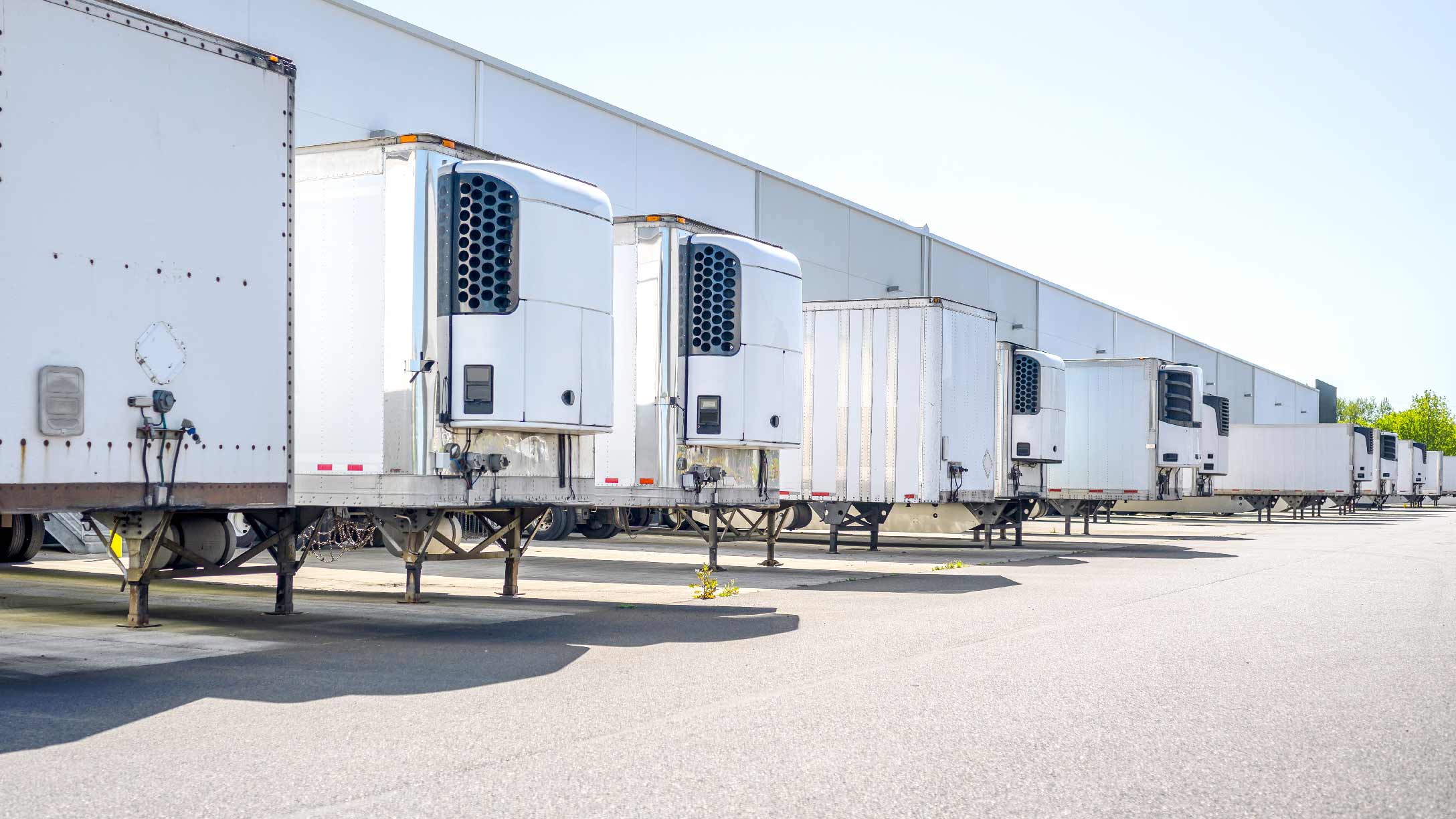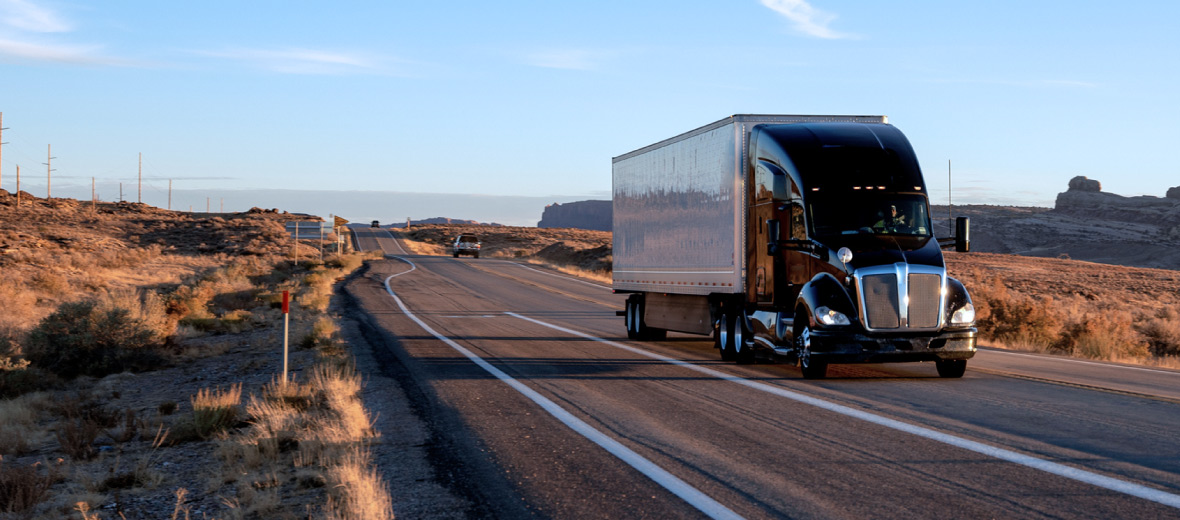What is cold chain monitoring?
Traditional supply chain temperature monitoring can be slow and inaccurate. This can lead to product spoilage and compliance challenges, which may result in costly redeliveries for logistics companies.


What is cold chain monitoring?
Cold chain monitoring involves using technology to continuously track and manage the temperatures of temperature-sensitive goods during transportation and storage. This ensures that products like food, pharmaceuticals and chemicals remain safe and effective. The system typically includes sensors that measure temperature in real-time, connected to a platform that sends out alerts if conditions deviate from safe temperature ranges, refrigeration unit faults, or cargo doors are left open. Managers can then take immediate corrective actions, like adjusting temperatures remotely or servicing equipment, so the quality and safety of perishable goods are maintained throughout their journey.
What are the benefits of cold chain monitoring?
Cold chain temperature monitoring allows operations managers to precisely control temperatures across their entire fleet of vehicles. This ensures products meet safety standards and maintain quality during transport and storage. Real-time data and temperature logs provide proof that sensitive goods, essential in sectors like pharmaceuticals, healthcare and food and beverage are handled correctly.
Cold chain monitoring solutions also improve resource management, reducing waste and preventing product loss due to improper temperature conditions.
Cold chain compliance
Regulatory bodies worldwide continue tightening cold chain monitoring regulations to ensure the safety and quality of temperature-sensitive products. Compliance is important for organizations involved in the storage and transportation of perishable goods.
For example, in sectors like healthcare and pharmaceuticals improperly stored vaccines can become ineffective. Strict temperature guidelines set by authorities such as the Medicines & Healthcare Products Regulatory Agency (MHRA) help ensure the safe storage of medicinal products.
Cold chain monitoring systems play a key role in compliance by facilitating immediate responses to temperature deviations, ensuring product integrity throughout transport. Fleet managers can also generate detailed reports for customers and regulators, demonstrating adherence to required standards.
Cold chain logistics
In the food and beverage sector, maintaining the correct temperature is required to prevent spoilage and the spread of food-borne pathogens. Cold chain monitoring allows companies to provide customers with proof that perishable foods were kept within the safe range during transport, thus minimizing delivery rejections and improving customer service metrics.
By implementing cold chain monitoring, fleet managers gain greater visibility and control over temperature settings. They can quickly address temperature fluctuations or equipment malfunctions by troubleshooting, conducting repairs, or rerouting loads to suitable refrigerated storage locations, preventing any disruption in the cold chain. These proactive measures prove more cost-effective than arranging additional transportation for rejected deliveries.
The future of cold chain monitoring
Cold chain monitoring plays an important role in maintaining the safety and quality of temperature-sensitive goods. By closely monitoring temperature and humidity levels throughout the supply chain, organizations can minimize the risk of product spoilage and contamination. Technological innovations such as IoT sensors, help enhance efficiency and provide real-time visibility into the status of the cold chain. Geotab, along with its Marketplace partners are leading the way in providing these sophisticated monitoring solutions.
To learn more about Geotab-integrated cold chain monitoring solutions, visit the Geotab Marketplace.
Subscribe to get industry tips and insights

Christine is the Content Manager for the Geotab Marketplace.
Table of Contents
Subscribe to get industry tips and insights
Related posts

What is government fleet management software and how is it used?
April 10, 2025
3 minute read

Beyond the road: Enhancing school bus interior safety with advanced technology
April 10, 2025
5 minute read

60+ trucking industry statistics: trends + outlook for 2025
April 8, 2025
6 minute read

Enhancing student bus safety: Combating distracted driving in the digital age
April 7, 2025
6 minute read

How a data driven policing environment elevates your department’s potential
March 24, 2025
4 minute read
